Get to know the story of the first Brazilian to do space tourism with his “mission completed”. Find details here in this post.
He is Victor Correa Spain, a mining engineer! After purchasing an NFT (non-fungible token), he was chosen to join the crew.
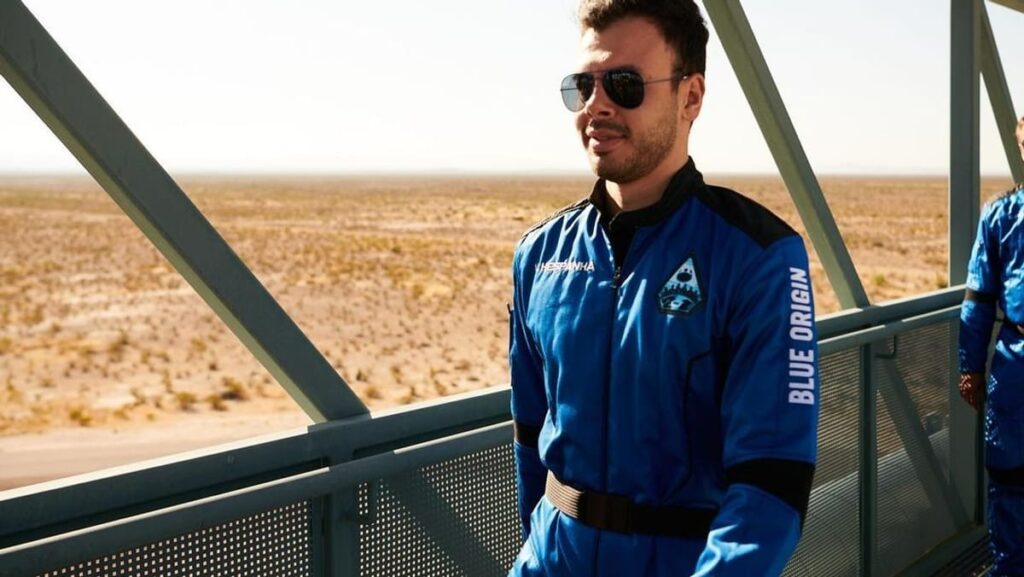
The flight took place on June 4, in Blue Origin, his seat on the rocket was number two and he carried a Brazilian flag with him.
On his social network he talks about the feeling, according to the words described: “very strong… God is very good… it was very emotional, indescribable, surreal”.
The name of the mass was: NS-21 and it was the fifth manned flight by the program New Shepard.
The other astronauts were: Echazarreta, Hamish Harding, Jaison Robinson and Victor Vescovo.
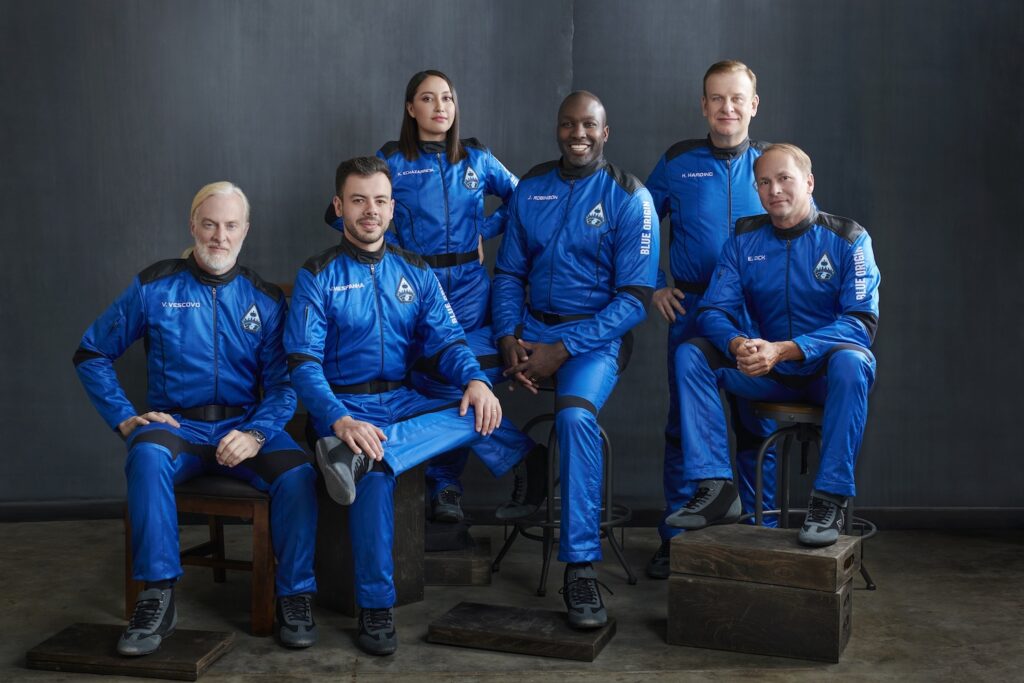
How long did the flight to space made by the Brazilian last?
The flight lasted approx. 11 minutes.
How is the ship that the Brazilian went to space?

Which company made the flight to space with the Brazilian?
The company is called Blue Origin. Responsible for developing the ship New Shepard which is controlled via on-board computers, without ground control.
The release is reusable subordinate with vertical takeoff.
The company responsible for all technology and foundation is amazon.com with founder the entrepreneur: Jeff Bezos.
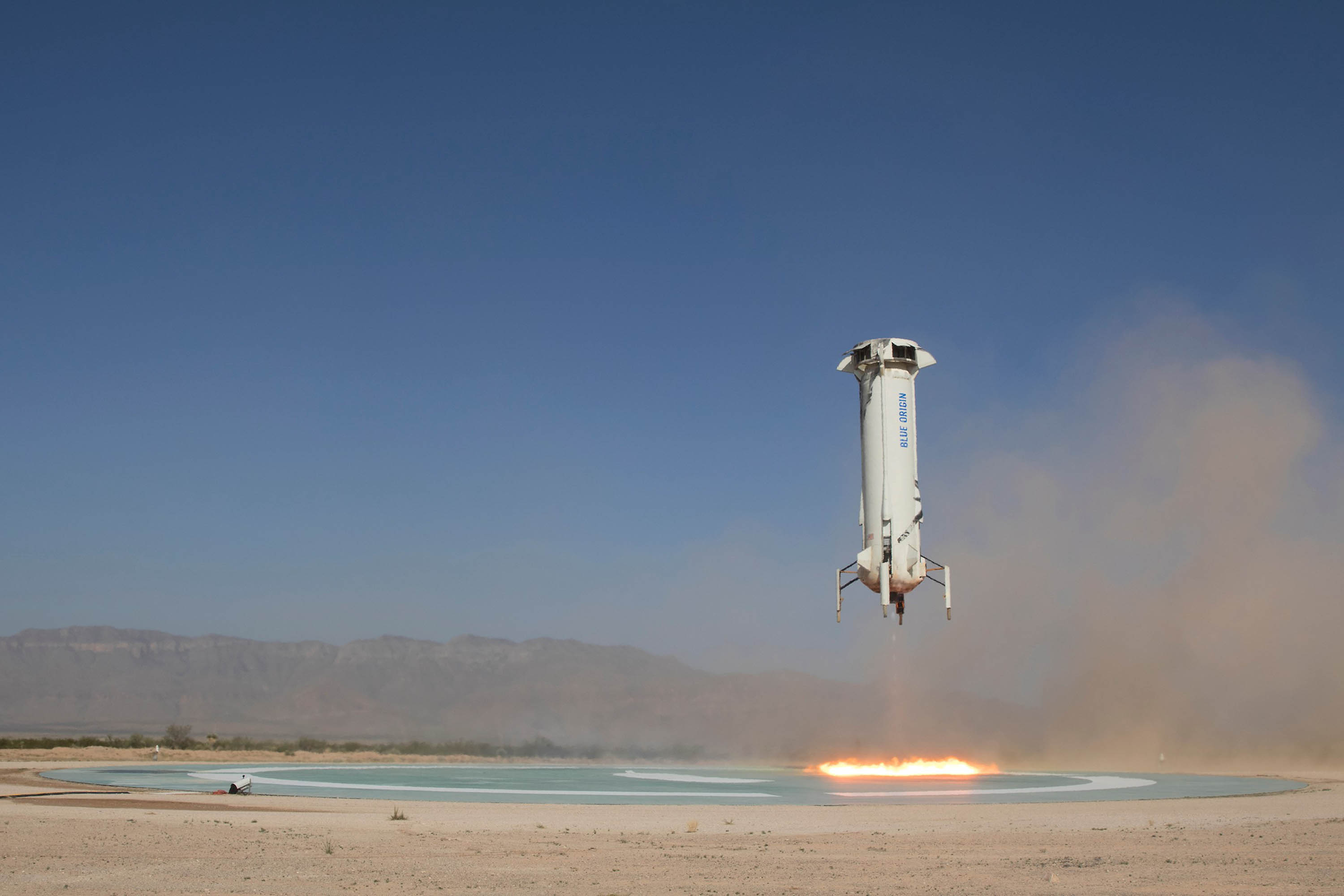
New Shepard – spaceship
New Shepard which is controlled via on-board computers, without ground control.
This vertical take-off model saves 25 times more, with less waste and less refurbishment.
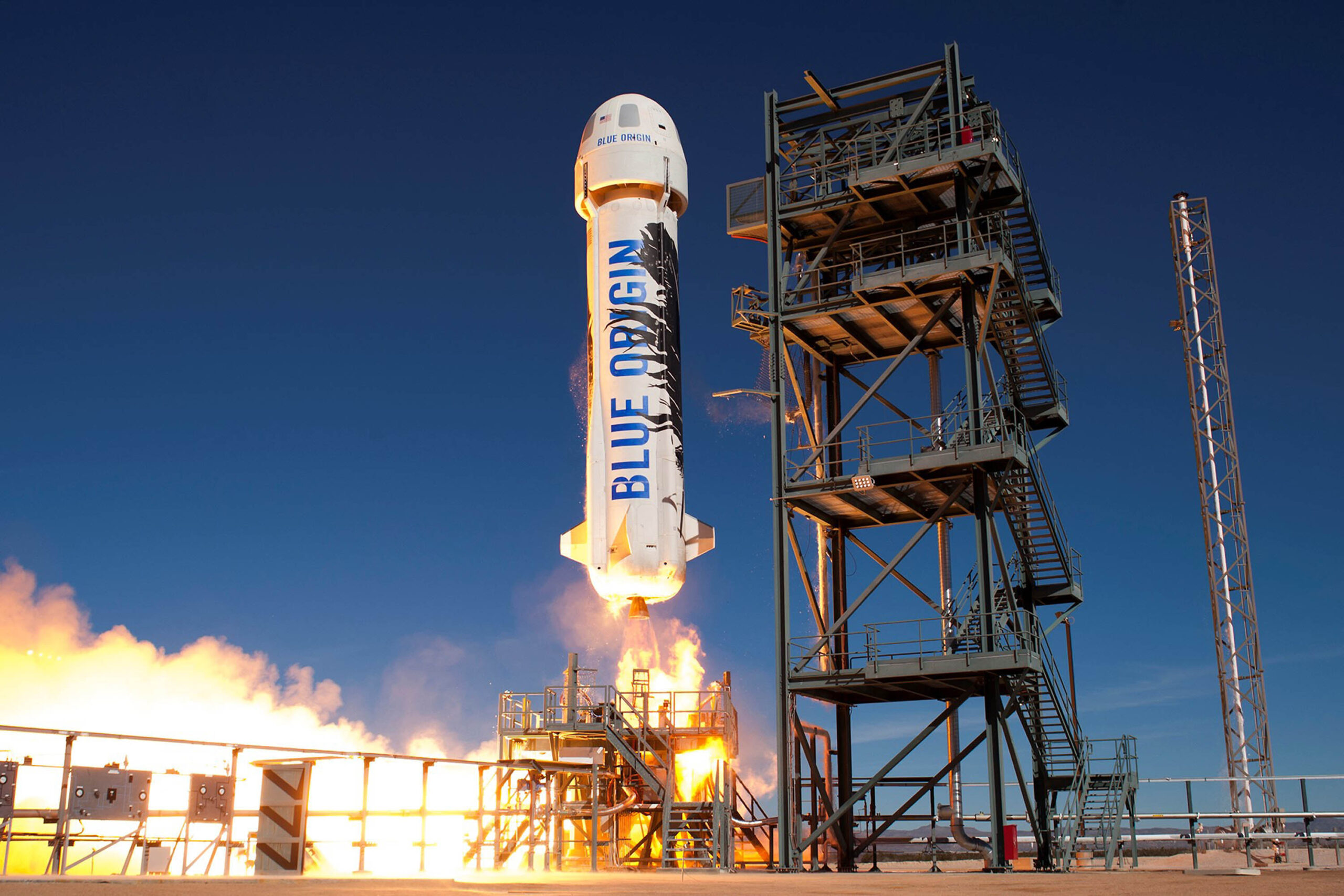
The reason is not to throw away the hardware.
The engine is throttled liquid fuel which allows for a precision landing.
Difference between suborbital flight and orbital flight
The suborbital flight, the spacecraft picks up maximum speed and goes up to 100km away from the earth, passing through the troposphere, stratosphere up to the Kármán line.
Upon returning, it falls in free fall, and in this fall, passengers have the feeling of zero gravity.
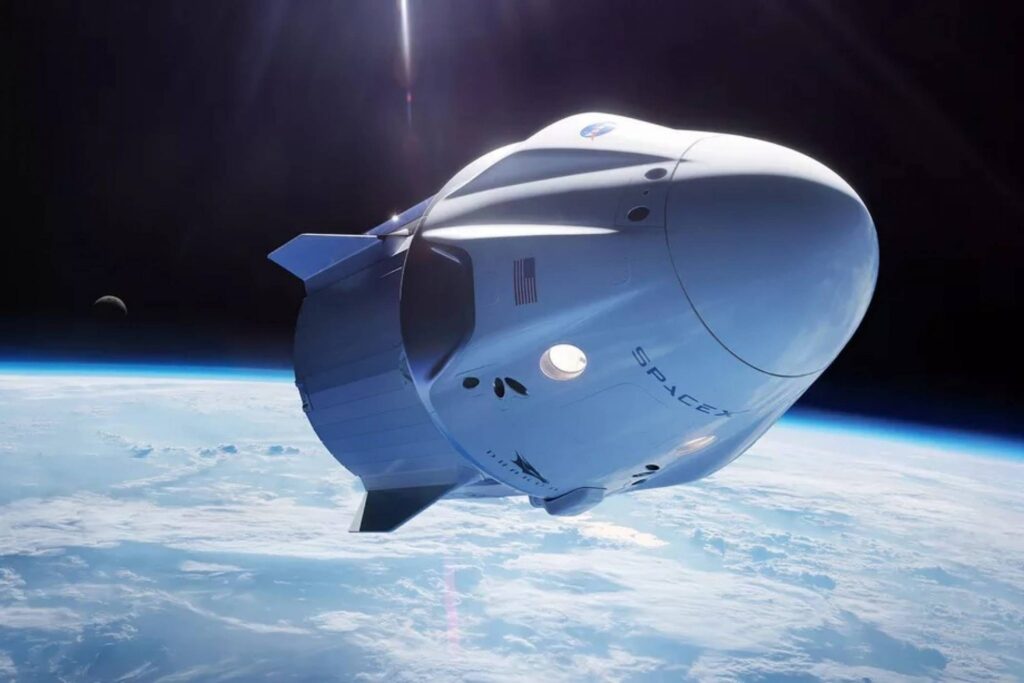
The Blue Origin flight arrived at a speed of 3,700km/h.
Orbital flight, on the other hand, the spacecraft is in orbit, making circular paths around the earth. Its elevation picks up high speed, since its fall to the ground is slower.
The Musk company flight aims to reach 27,358km/h (22 times the speed of sound).
Enjoy and read more about: